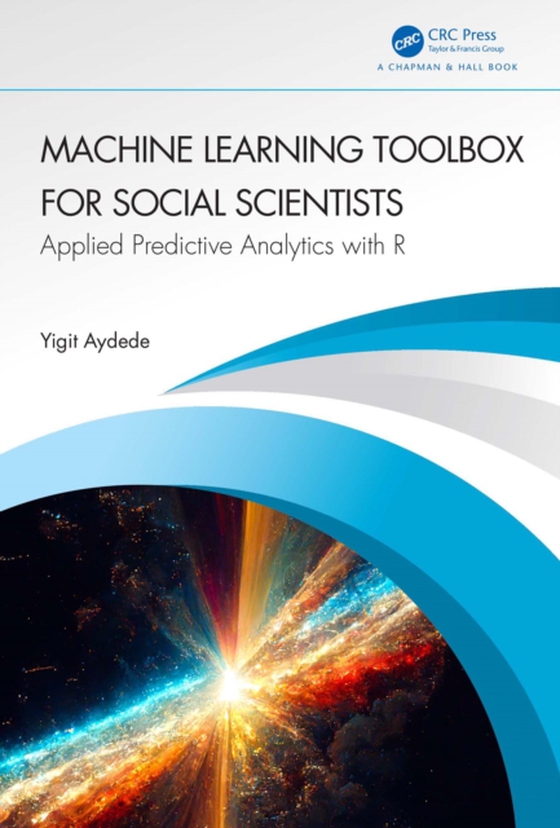
Machine Learning Toolbox for Social Scientists e-bog
865,79 DKK
(ekskl. moms 692,63 DKK)
Machine Learning Toolbox for Social Scientists covers predictive methods with complementary statistical "e;tools"e; that make it mostly self-contained. The inferential statistics is the traditional framework for most data analytics courses in social science and business fields, especially in Economics and Finance. The new organization that this book offers goes beyond standard machine l...
E-bog
865,79 DKK
Forlag
Chapman and Hall/CRC
Udgivet
22 september 2023
Længde
586 sider
Genrer
Psychological theory, systems, schools and viewpoints
Sprog
English
Format
epub
Beskyttelse
LCP
ISBN
9781000958270
Machine Learning Toolbox for Social Scientists covers predictive methods with complementary statistical "e;tools"e; that make it mostly self-contained. The inferential statistics is the traditional framework for most data analytics courses in social science and business fields, especially in Economics and Finance. The new organization that this book offers goes beyond standard machine learning code applications, providing intuitive backgrounds for new predictive methods that social science and business students can follow. The book also adds many other modern statistical tools complementary to predictive methods that cannot be easily found in "e;econometrics"e; textbooks: nonparametric methods, data exploration with predictive models, penalized regressions, model selection with sparsity, dimension reduction methods, nonparametric time-series predictions, graphical network analysis, algorithmic optimization methods, classification with imbalanced data, and many others. This book is targeted at students and researchers who have no advanced statistical background, but instead coming from the tradition of "e;inferential statistics"e;. The modern statistical methods the book provides allows it to be effectively used in teaching in the social science and business fields.Key Features:The book is structured for those who have been trained in a traditional statistics curriculum.There is one long initial section that covers the differences in "e;estimation"e; and "e;prediction"e; for people trained for causal analysis.The book develops a background framework for Machine learning applications from Nonparametric methods.SVM and NN simple enough without too much detail. It's self-sufficient.Nonparametric time-series predictions are new and covered in a separate section.Additional sections are added: Penalized Regressions, Dimension Reduction Methods, and Graphical Methods have been increasing in their popularity in social sciences.
 Dansk
Dansk

